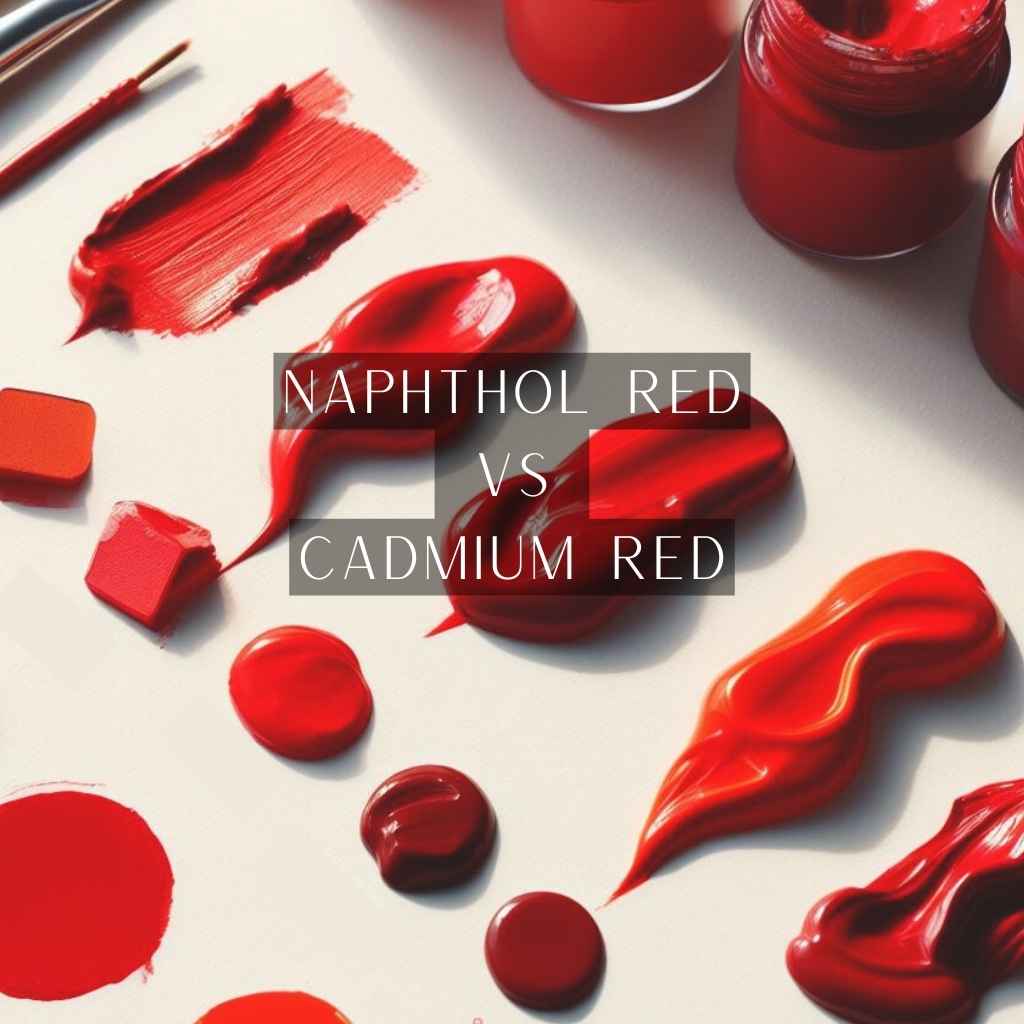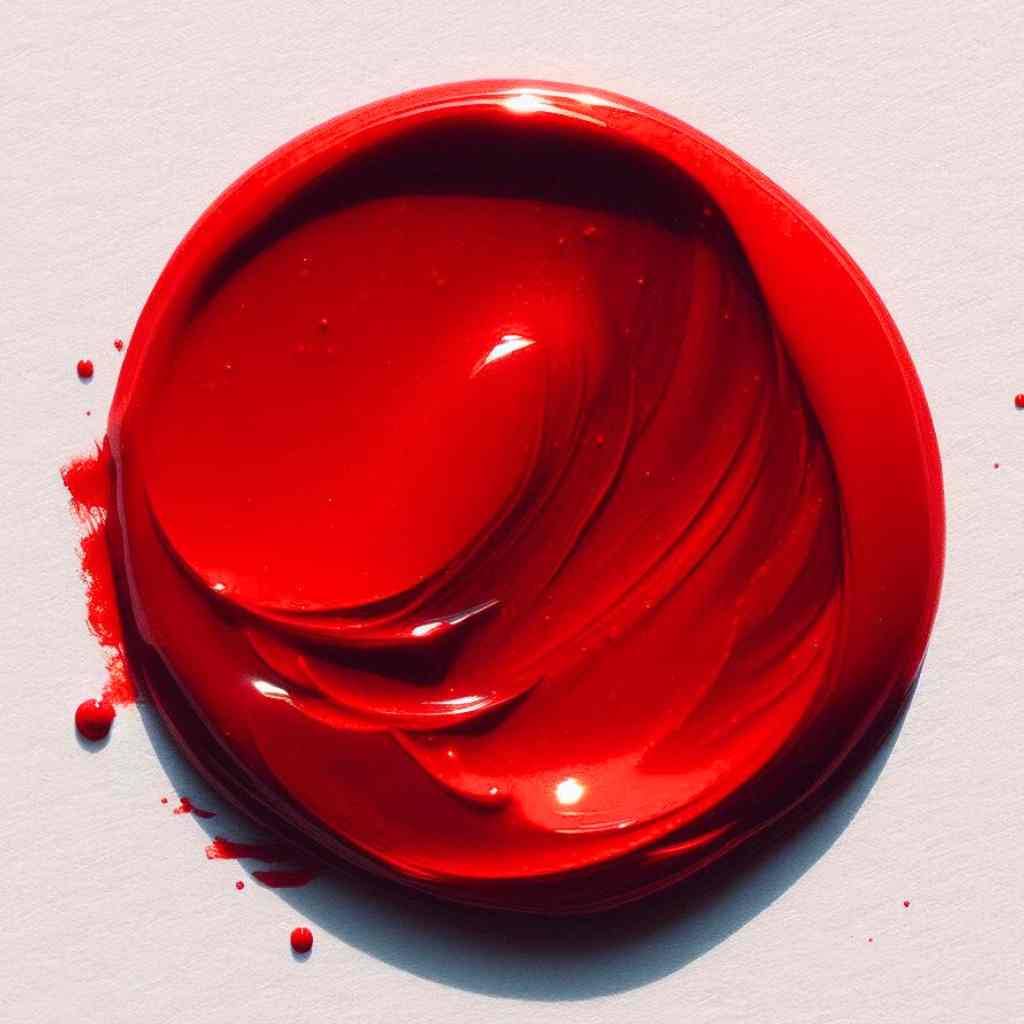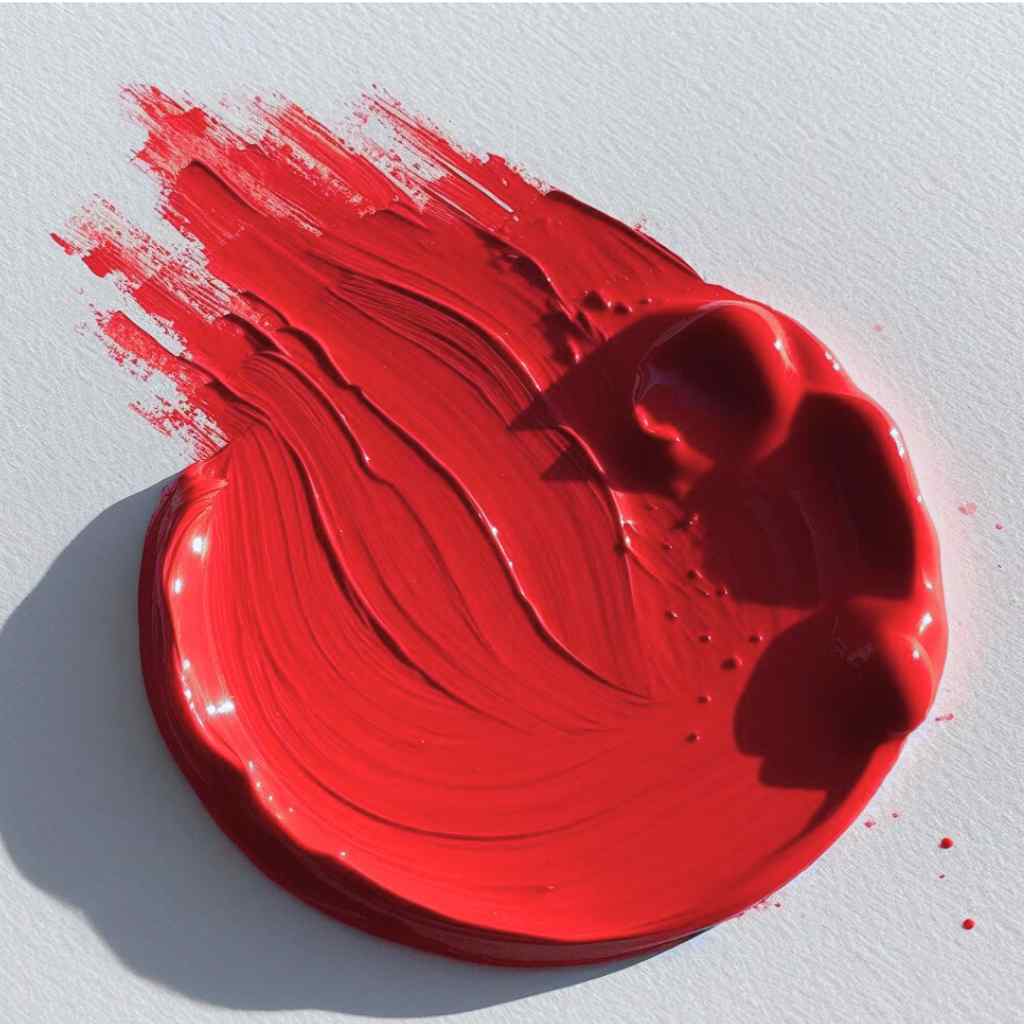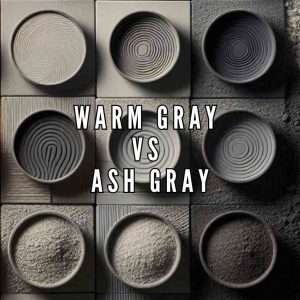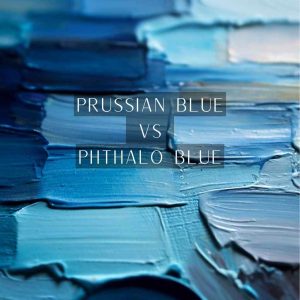As the brush meets the canvas, the artist grapples with a pivotal decision, which red will breathe life into their creation?
In the blog post, we delve into the intricacies of these crimson titans, embarking on a journey through the worlds of chemistry, hue, and vibrancy.
By the end, you’ll not only discern the nuances between Naphthol Red and Cadmium Red, but you’ll possess the insights to elevate your art to new heights.
So, let’s embark on this chromatic odyssey and unearth the secrets that lie within the strokes of red.
What is Naphthol Red?
The genesis of Naphthol Red traces back to the late 19th century, a product of the vibrant era of chemical innovation. Its discovery revolutionized the art world, providing artists with a versatile, vibrant red pigment.
Naphthol Red derives its name from naphthalene, the compound from which it is synthesized. Its molecular structure imbues it with remarkable stability and colorfastness, ensuring the longevity of artworks.
This pigment boasts a fine, powdery texture, facilitating smooth application on various surfaces. Its finely milled particles disperse evenly, granting artists control over its intensity.
What is Cadmium Red?
Cadmium Reds have a storied history, emerging in the early 19th century as a revolutionary addition to the artist’s toolkit. The infusion of cadmium into pigments yielded a range of red hues prized for their purity.
Cadmium Red owes its brilliance to the inclusion of cadmium sulfide, a compound renowned for its intense coloration. This purity translates into unrivaled vibrancy on the canvas.
Naphthol Red vs Cadmium Red: Comparative Analysis
Naphthol Red and Cadmium Red have distinct personalities in the artist’s palette. Both offer unique opportunities for artists to express their visions, each with its own captivating visual impact-
Hue and Tone
Naphthol Red emanates a fiery warmth, reminiscent of a roaring hearth on a winter’s eve. Its red leans towards the warmer end of the spectrum, exuding an inviting, passionate energy.
In the real-world application, Naphthol Red asserts its dominance with a bold and unapologetic saturation. When applied to the canvas, it commands attention with its intense vibrancy, captivating the viewer’s gaze.
In contrast, Cadmium Red maintains a cooler composure, akin to a tranquil sunset over a serene horizon. Its undertones carry a touch of calm sophistication, making it an excellent choice for conveying a composed, contemplative mood.
Its saturation is controlled and deliberate, evoking a sense of refined elegance. It possesses the ability to convey depth without overwhelming the senses, making it a versatile choice for nuanced compositions.
Transparency and Opacity
Naphthol Red unveils its true prowess in layering techniques. Its transparent nature allows artists to build depth gradually, creating a sense of three-dimensionality. With each successive application, the pigment reveals new dimensions, drawing the observer deeper into the artwork.
On the contrary, Cadmium Red boasts an innate opacity that lends itself to a different form of visual depth. It allows for bold contrasts and defined edges, creating a sense of immediacy and impact.
Lightfastness and Longevity
Naphthol Red’s impressive lightfastness can be further bolstered by protecting artworks from direct sunlight and extreme environmental conditions. Proper framing and display play a pivotal role in preserving its vibrancy.
Cadmium Red’s resilience makes it a stalwart pigment, capable of withstanding extended periods of exposure to light and fluctuating environmental conditions. This makes it a dependable choice for artists seeking longevity in their works.
Applying a UV-protective varnish can provide an extra layer of defense, safeguarding the integrity of both colors against potential fading or degradation. Also framing artworks with UV-protective glass or acrylic can be a prudent step.
Mixing and Blending Possibilities
Naphthol Red harmonizes seamlessly with other red pigments, allowing artists to create a spectrum of red tones. When mixed with primary colors like yellow and blue, it gives birth to a diverse range of secondary and tertiary shades.
By varying the concentration and layering of naphthol red, artists can achieve a broad spectrum of effects. From soft, delicate washes to bold, striking strokes, this pigment offers a wide range of artistic expression.
On the other hand, cadmium red’s vividness can be harnessed to create an array of captivating colors. When combined with complementary hues, it produces a spectrum of muted or vibrant tones, depending on the desired effect.
Due to its opaque nature, cadmium red can be used to create distinctive secondary colors. These can range from rich, earthy tones when mixed with greens or deep, warm purples when blended with blues.
Artists should experiment with different ratios with different colors by understanding color theory and layering techniques to discover the unique synergy between these two pigments.
Naphthol Red and Cadmium Red: Artistic Application
When it comes to painting, color is more than just a visual element. It’s a language of emotions, a way to convey feelings, moods, and atmospheres. In this context, Naphthol Red and Cadmium Red emerge as powerful storytellers, each with its own unique emotional palette-
- Naphthol Red Strokes Passion and Intensity: Its fiery hue ignites the canvas with a palpable sense of passion. It’s the color of love’s deepest intensity, of anger’s burning fervency, and of desire’s unrelenting pursuit.
- Elegance and Composure with Cadmium Red: It’s the color of poised grace, timeless elegance, and refined taste. It exudes an aura of composed confidence.
In scenes of refinement, luxury, or moments of quiet dignity, Cadmium Red reigns supreme. It’s the color that lends an air of understated grandeur to the composition.
- Naphthol Red Invokes Vibrancy and Energy: This red is a vivacious force, injecting life and vitality into every stroke. It brings an electrifying energy to the composition, making it impossible for the eye to look away.
In scenes of celebration, festivity, or moments of unbridled joy, Naphthol Red is the brushstroke that captures the essence of the moment. It’s the color that turns a static canvas into a dynamic celebration of life.
- Stable and Confident Cadmium Red: This red exudes an air of self-assuredness and stability. It’s the color of someone who knows their own worth, who stands tall in the face of challenges, and who exudes an unwavering sense of confidence.
In scenes of strength, leadership, or moments of unshakeable resolve, Cadmium Red takes center stage. It’s the hue that anchors the composition, providing a sense of steadfast assurance.
- Warmth and Comfort with Naphthol Red: Imagine a cozy fire on a winter’s night or a warm, welcoming embrace. Naphthol Red exudes a sense of comfort and security. It’s the color that wraps the viewer in a reassuring embrace, creating an atmosphere of genuine warmth.
In scenes of togetherness, family, or moments of heartfelt connection, Naphthol Red sets the tone. It’s the hue that invites the viewer into a space of emotional intimacy.
- Cadmium Red Creates Balanced Atmosphere: Cadmium Red brings a sense of equilibrium and order to the canvas. It’s the color that harmonizes disparate elements, creating a sense of visual balance and calm.
In scenes of introspection, contemplation, or moments of tranquil serenity, Cadmium Red imparts a sense of calm assurance. It’s the hue that provides a visual anchor, inviting the viewer to find solace in the composition.
Conclusion
As the final strokes grace the canvas of naphthol red vs cadmium red, it’s evident that this choice transcends pigment; it’s a declaration of artistic intent.
Whether it’s the fiery passion of Naphthol Red or the poised elegance of Cadmium Red, every stroke bears the weight of a conscious decision.
So, which red resonates with your vision? The answer lies not just in the colors, but in the emotions, stories, and depths you seek to convey.
It’s a choice that will shape your artistic narrative, leaving an indelible mark on the canvas of creativity.

